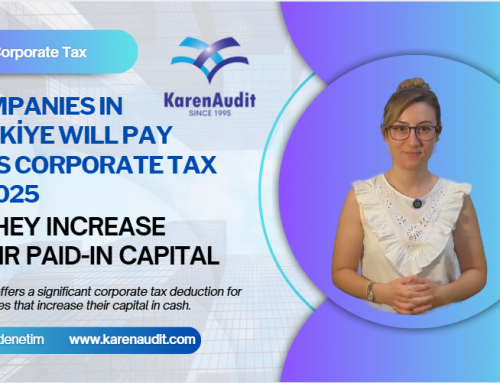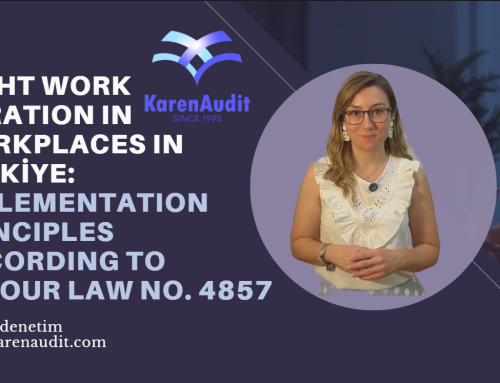February 24, 2023
Refugees inside and outside the labour market 2021 in Norway
In the whole Norwegian population of the same age 73.7 per cent were employed. There was an increase in the employment rate of 4.1 percentage points among the refugees and an increase of 1.8 percentage point in the total population from 2020 to 2021.
Refugees from Eritrea and Sudan had the strongest growth, of 8 and 7 percentage points respectively, followed by those from Syria and Turkey slightly above 6 percentage points each. Male refugees had a somewhat stronger increase than females. Among refugees as well as the population in total, the employment rate in 2021 also exceeded the level of 2019, i.e. before the pandemic.
The differences in the employment rate among the nationalities have, however, not changed much the last years. Refugees from Myanmar and Sri Lanka had the highest rate, of 73-74 per cent, which is on the level with the whole population. Then we have the groups from Bosnia-Herzegovina and Chile with rates of 69 – 70 per cent. Except for those from Myanmar all the mentioned groups have been residing for many years in Norway. We find the lowest employment rates among those from Syria and Somalia, with 39.2 and 42.7 per cent respectively. The former has the shortest average duration of residence in Norway among refugees (5.3 years), while the latter has a longer duration of residence (14.7 years).
Duration of residence in Norway is of great importance to the level of employment among refugees, but it does not have the same impact on the employment rate in all groups. Among refugees with equal time of residence in Norway there are major differences between the various nationalities. There are, moreover, substantial gender disparities in men’s favour among those who have resided less than 10 years in Norway. It must also be emphasized that more than 35 per cent of the refugees with less than 4 years of residence in Norway participate in the Introduction programme and many of them are therefore outside the labour force.
The education level also has a considerable impact on the employment rate. Those with only compulsory education have the lowest employment rate among refugees as well as the population as a whole. Since almost half of the refugees have only a compulsory education, this group reduces the average employment rate substantially. Refugees who have completed an upper secondary or higher education in Norway, have, however, an employment rate close to that of the whole population at the same educational level. Refugees with a completed secondary education have in general a higher employment rate than those with only a compulsory education in the whole population.
63.2 per cent of the employed refugees worked full time in 2019, versus 75 per cent among wage earners in total. The lower full time rate among refuges is partly a consequence of their overrepresentation within typical part-time occupations, such as service and sales workers and elementary occupations. The full time rate is, however, higher among groups with a longer time of residence. The full time rate is particularly low among women with less than 10 years of residence in Norway.
The report also illustrates those who settled in Norway in 2015 and 2016. Refugees from Syria constitute a large group of them, almost 46 per cent, but there are also some refugees from Eritrea (18.7 per cent) and Afghanistan (9 per cent). The share of men among those settled in 2015 and 2016 was slightly above 63 per cent and the share with compulsory education was 67 per cent.
53 per cent of these refugees were employed in 2021. Refugees from Eritrea had the highest employment rate, 69.2 per cent. Then came the refugees from Afghanistan (63.3 per cent) and Syria (46.3 per cent). There are great gender disparities in men’s favour among those settled in 2015 and 2016, but the women had, however, a larger share of participants in education than men in 2021 (26.8 versus 17.7 per cent).
Source: Statistics Norway
Legal Notice: The information in this article is intended for information purposes only. It is not intended for professional information purposes specific to a person or an institution. Every institution has different requirements because of its own circumstances even though they bear a resemblance to each other. Consequently, it is your interest to consult on an expert before taking a decision based on information stated in this article and putting into practice. Neither Karen Audit nor related person or institutions are not responsible for any damages or losses that might occur in consequence of the use of the information in this article by private or formal, real or legal person and institutions.






